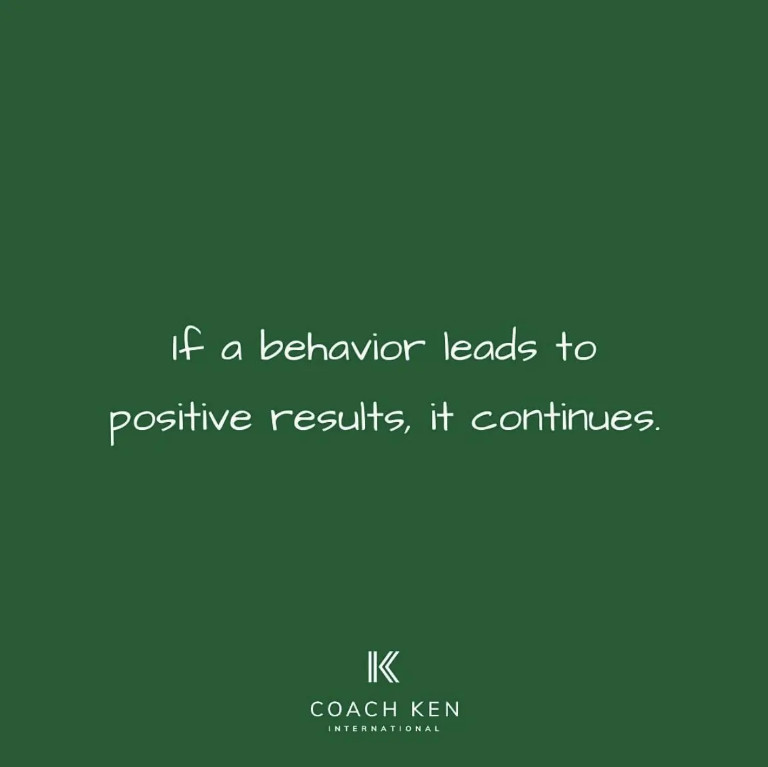
When motivating staff members to change their behavior or way of doing things, you must always consider the golden rule that positive consequences to any behavior will encourage that behavior and negative consequences to any behavior are likely to diminish it. The catch is that the consequences must be perceived as positive or negative from the staff member’s point of view. ⠀ ⠀
Don’t sleep on the last part of that statement. It’s very important and often overlooked. Many leaders make the mistake of implementing positive or negative consequences from their points of view and then wonder why the behavior change did not occur to their staff members. ⠀ ⠀
For example, telling your sales team: “If you sell this luxury listing in 2 months, I’ll guarantee you a bonus of $20,000 to be paid on closing” motivates the sales representative much more than if you said, “If you sell this luxury listing, maybe I can look into some sort of bonus for you after closing” On either a conscious or a subconscious level, people assess information to see how it benefits or hinders them.
When people recognize the specific benefits of an outcome, they are more likely to respond with the desired behavior.
Ken Goodfellow
Coach Ken International

